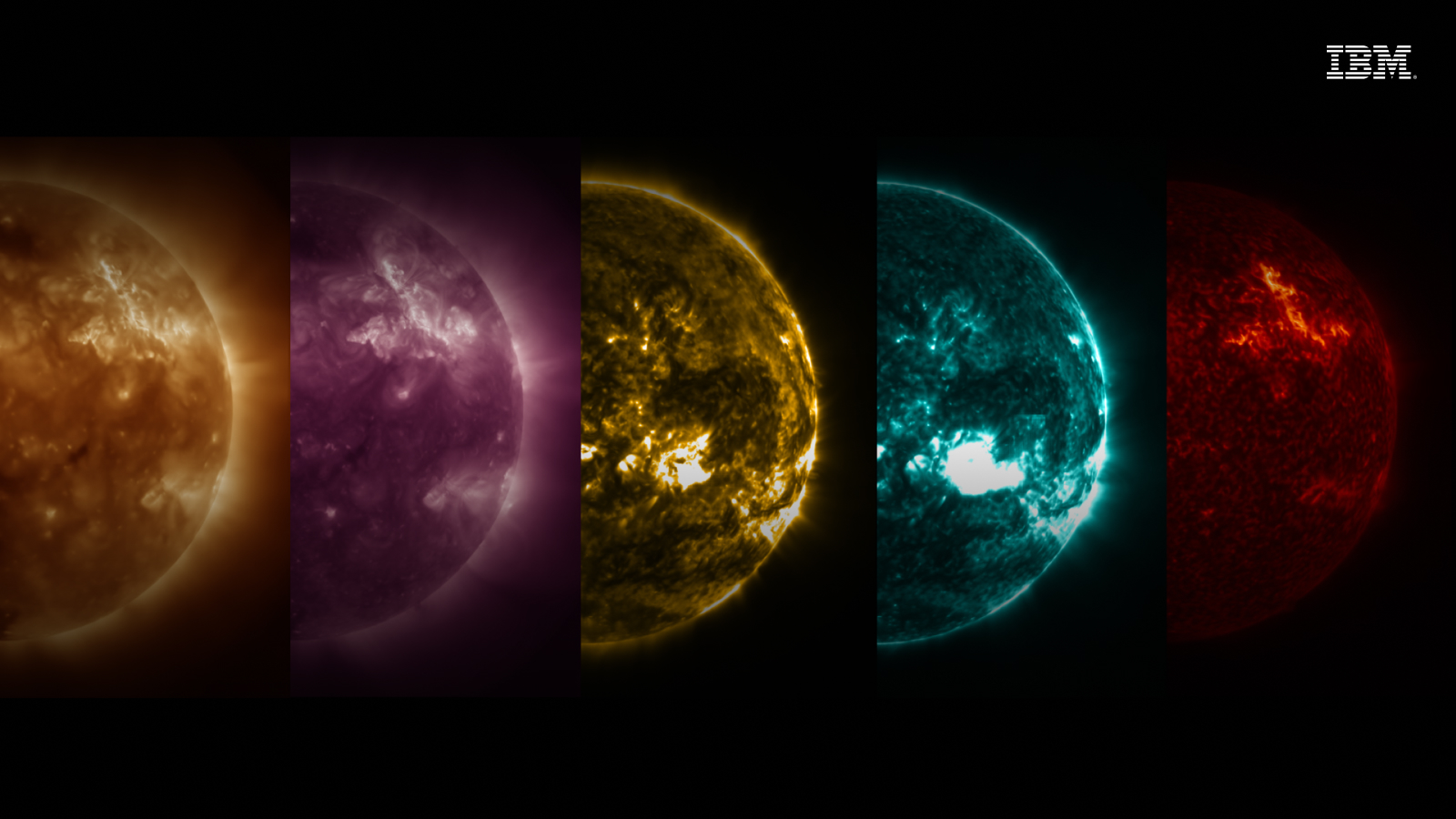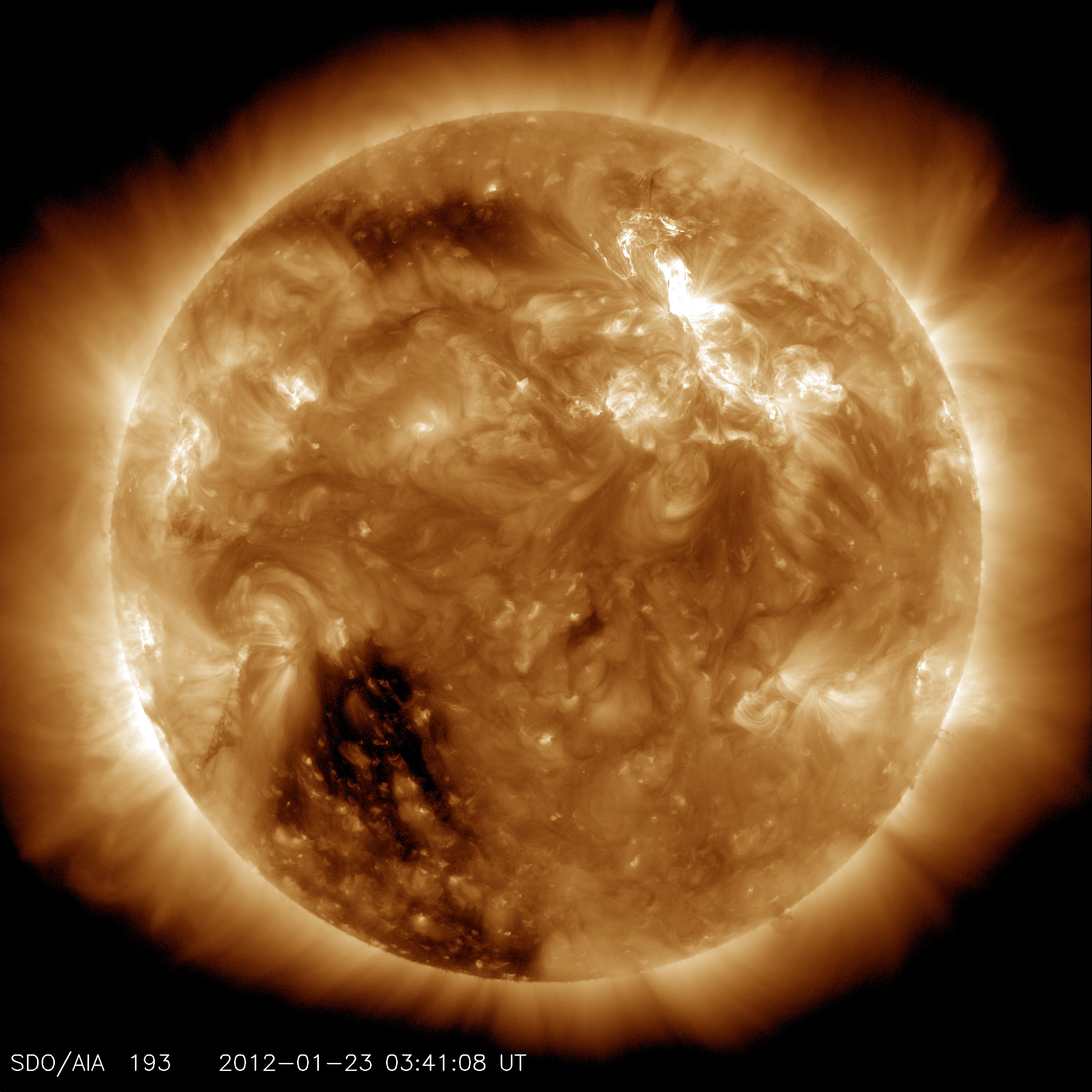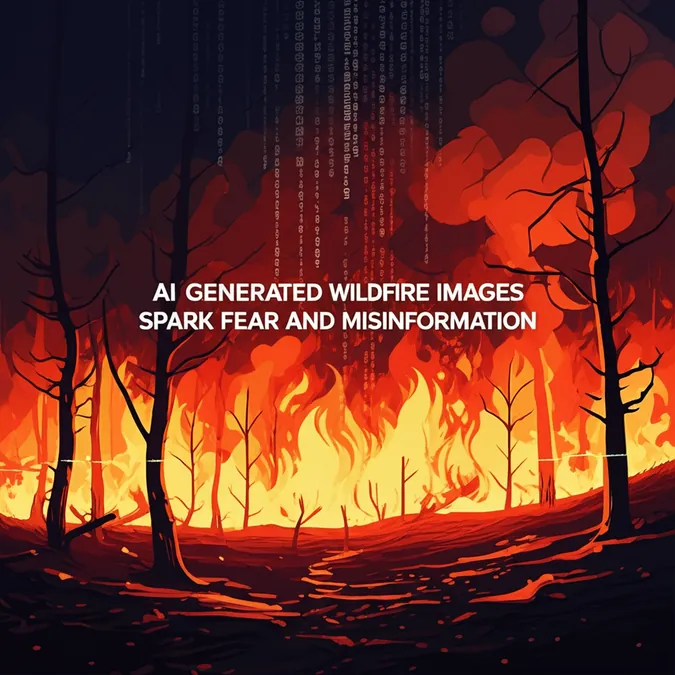Developer Offer
Try ImaginePro API with 50 Free Credits
Build and ship AI-powered visuals with Midjourney, Flux, and more — free credits refresh every month.
IBM and NASA AI Can Now Forecast Solar Superstorms
Scientists from IBM and NASA have introduced a revolutionary artificial intelligence (AI) model designed to predict the sun's powerful outbursts with unprecedented accuracy. This development offers a crucial opportunity to protect against dangerous and disruptive solar weather.
 (Image credit: IBM-NASA-Surya)
(Image credit: IBM-NASA-Surya)
This new AI, named "Surya" after the Sanskrit word for the sun, analyzes raw images from the Solar Dynamic Observatory (SDO) satellite. By processing this vast amount of data faster than any human, Surya can forecast violent solar events before they occur. According to a statement from IBM, this vast dataset from the SDO has only just begun to be explored, and the new foundational model is a key step in unlocking its potential.
"We’ve been on this journey of pushing the limits of technology with NASA since 2023, delivering pioneering foundational AI models to gain an unprecedented understanding of our planet Earth," said Juan Bernabé-Moreno of IBM Research Europe. "With Surya we have created the first foundation model to look the sun in the eye and forecast its moods."
Why We Need Better Solar Forecasts
As humanity expands its presence in space and our reliance on technology grows, the impact of solar activity becomes increasingly significant. Solar flares and coronal mass ejections can have severe consequences, from knocking out satellites and disrupting airline navigation to triggering widespread power blackouts. These events also pose a serious radiation risk to astronauts, making accurate solar weather prediction a critical safety measure.
Predicting solar storms is even more challenging than forecasting weather on Earth. When a solar flare erupts, its light takes eight minutes to reach us. This delay means that by the time we see an event, it has already happened. To be effective, any warning system must be able to predict these events well in advance.
How the Surya AI Works
The Surya AI model is a 360-million-parameter system that functions similarly to the "Prithvi" AI models, which analyze satellite data to understand Earth's climate. Surya processes images from multiple channels of the SDO's Atmospheric Imaging Assembly (AIA) and Helioseismic and Magnetic Imager (HMI).
The SDO satellite orbits Earth, capturing images of the sun every 12 seconds across different wavelengths. This allows it to monitor the temperature of the sun's layers—from its 5,500-degree-Celsius surface to its 2-million-degree corona—and track magnetic activity like sunspots. Researchers trained Surya using nine years of this data, challenging the model to take a sequence of images and predict what the SDO would see an hour later. These predictions were then compared against the actual observed images to refine the model's accuracy.
 (Image credit: NASA/SDO/AIA)
(Image credit: NASA/SDO/AIA)
Interestingly, the team found that Surya was more effective at learning the sun's complex physics, such as its differential rotation (rotating faster at the equator than the poles), from the data alone rather than having these rules programmed in by humans.
A Leap in Predictive Power
During testing, the Surya model successfully forecasted whether an active region on the sun was likely to produce a solar flare an hour before it happened. In some cases, it achieved accurate predictions up to two hours in advance. According to IBM, this represents a 16% improvement over any existing prediction method. The findings were detailed in a study uploaded to the arXiv preprint server.
"This is an excellent way to realize the potential of this data," commented Kathy Reeves, a solar physicist at the Harvard–Smithsonian Center for Astrophysics, who was not involved in the study. "Pulling features and events out of petabytes of data is a laborious process and now we can automate it."
To encourage further research, the team has made the AI model open-source and available on GitHub and Hugging Face. They have also released SuryaBench, a curated dataset to help researchers better understand the sun's behavior.
Compare Plans & Pricing
Find the plan that matches your workload and unlock full access to ImaginePro.
| Plan | Price | Highlights |
|---|---|---|
| Standard | $8 / month |
|
| Premium | $20 / month |
|
Need custom terms? Talk to us to tailor credits, rate limits, or deployment options.
View All Pricing Details

